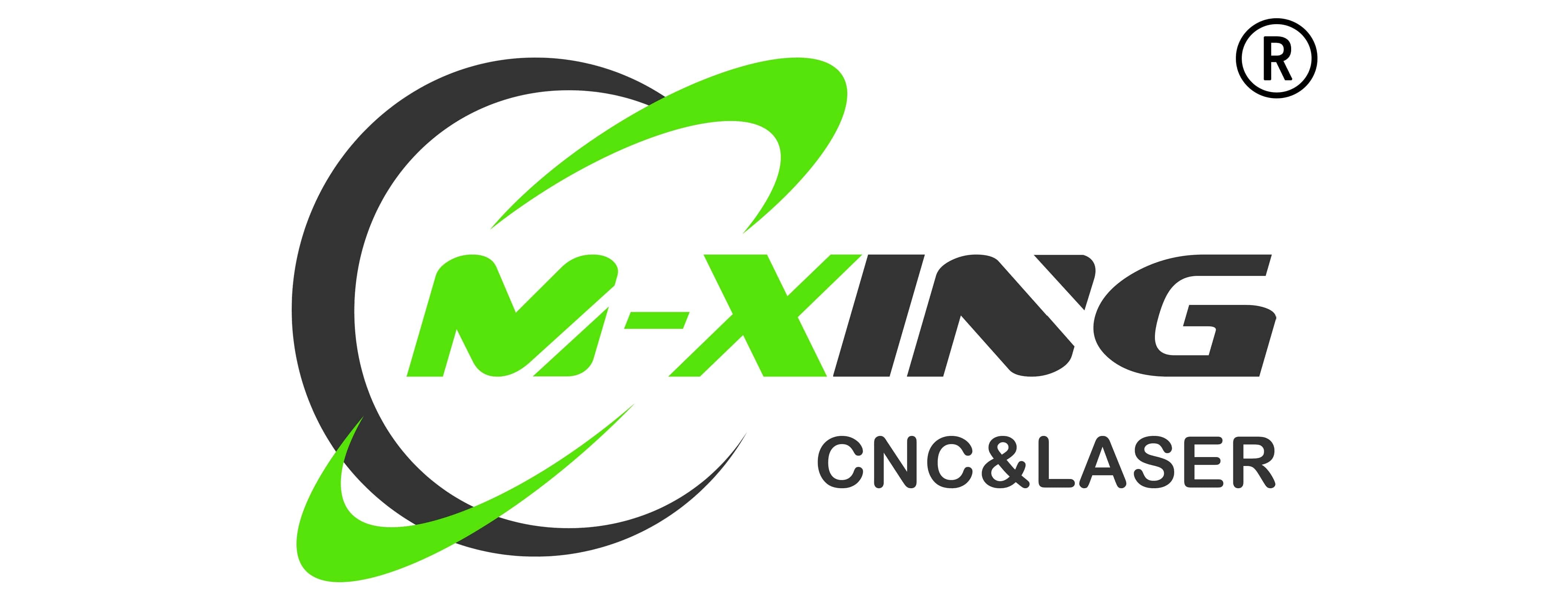Blog
CO2 laser engraving cutting machines, particularly those with power outputs between 40W & 60W, offer professional-grade capabilities.
This comprehensive blog post delves into the intricacies of CO2 laser cutting machine, exploring the key differences between 40W and 60W models, their applications, advantages, considerations, and maintenance tips, empowering professionals to make informed decisions when selecting the ideal machine for their needs.
Unveiling CO2 Laser Engraving and Cutting Machines

CO2 laser engraving and cutting machines utilize a focused beam of carbon dioxide (CO2) laser to engrave or cut various materials. These machines are widely used in industries such as signage, woodworking, fashion, and electronics for their precision, versatility, and ability to work with a wide range of materials.
Key Differences Between 40W and 60W CO2 Laser Machines
While both 40W and 60W CO2 laser machines offer significant capabilities, there are several key differences between them:
1. Power Output: The primary distinction lies in their power output. A 60W machine delivers more power than a 40w co2 laser engraving cutting machine engraver, resulting in faster cutting and engraving speeds, particularly for thicker materials.
2. Cutting Thickness: The increased power of a 60w co2 laser engraving & cutting professional engraver machine enables it to cut through thicker materials compared to a 40W machine. This makes it suitable for applications involving materials like wood, acrylic, and thin metals.
3. Engraving Detail: Both machines provide precise engraving capabilities, but a 60W machine may offer slightly finer detail due to its higher power output.
4. Speed and Efficiency: A 60W machine typically operates faster than a 40W machine, enhancing productivity and efficiency for larger projects.
5. Cost: 60W CO2 laser machines are generally more expensive than 40W models due to their higher power output and enhanced capabilities.
Applications of 40W and 60W CO2 Laser Machines
Both 40W and 60W CO2 laser machines find applications in various industries:
1. Signage and Graphics: Ideal for creating signs, labels, and promotional materials.
2. Woodworking: Suitable for engraving and cutting intricate designs on wood, MDF, and plywood.
3. Fashion and Textiles: Used for engraving and cutting fabrics, leather, and other textiles.
4. Electronics: Applicable for marking and engraving electronic components and circuit boards.
5. Promotional Items: Perfect for personalizing mugs, tumblers, and other promotional products.
Advantages of CO2 Laser Engraving and Cutting Machines
CO2 laser machines offer numerous advantages:
1. Versatility: They can work with a wide range of materials, including wood, acrylic, glass, leather, and metals.
2. Precision: CO2 lasers provide precise cutting and engraving, ensuring high-quality results.
3. Speed: These machines operate at high speeds, enhancing productivity.
4. Durability: CO2 laser machines are known for their durability and long lifespan.
5. Affordability: Compared to other laser technologies, CO2 lasers offer a cost-effective solution for many applications.
Considerations When Choosing Between 40W and 60W CO2 Laser Machines
When selecting between 40W and 60W CO2 laser machines, consider the following factors:
1. Material Thickness: Determine the maximum thickness of materials you need to cut or engrave.
2. Project Volume: Consider the volume of work you anticipate to handle. A 60W machine may be more suitable for high-volume production.
3. Budget: Evaluate your budget and compare the cost of both machines, including any additional accessories or software required.
4. Technical Support: Consider the level of technical support provided by the manufacturer or supplier.
Maintenance Tips for CO2 Laser Engraving and Cutting Machines
Proper maintenance ensures optimal performance and longevity of CO2 laser machines:
1. Regular Cleaning: Keep the machine clean, especially the laser lens and mirrors.
2. Water Cooling: Ensure proper water cooling to prevent overheating.
3. Air Filtration: Use an air filtration system to remove fumes and particles generated during laser processing.
4. Software Updates: Keep the machine's software updated for optimal performance.
5. Professional Service: Schedule regular maintenance checks by a qualified technician.


